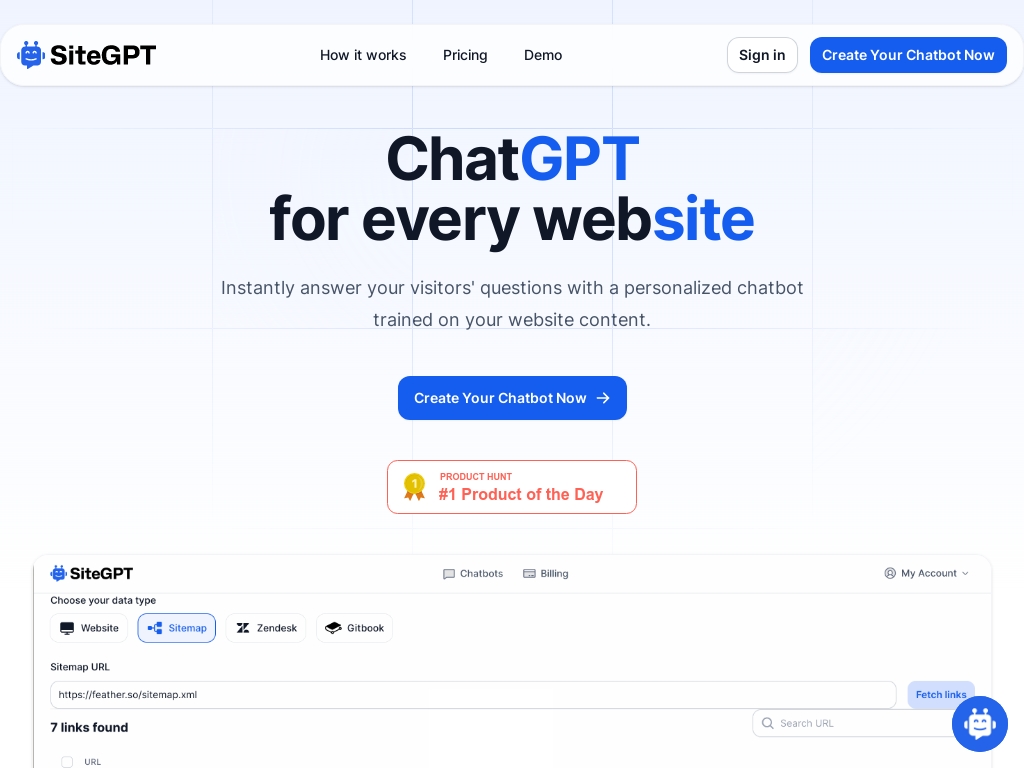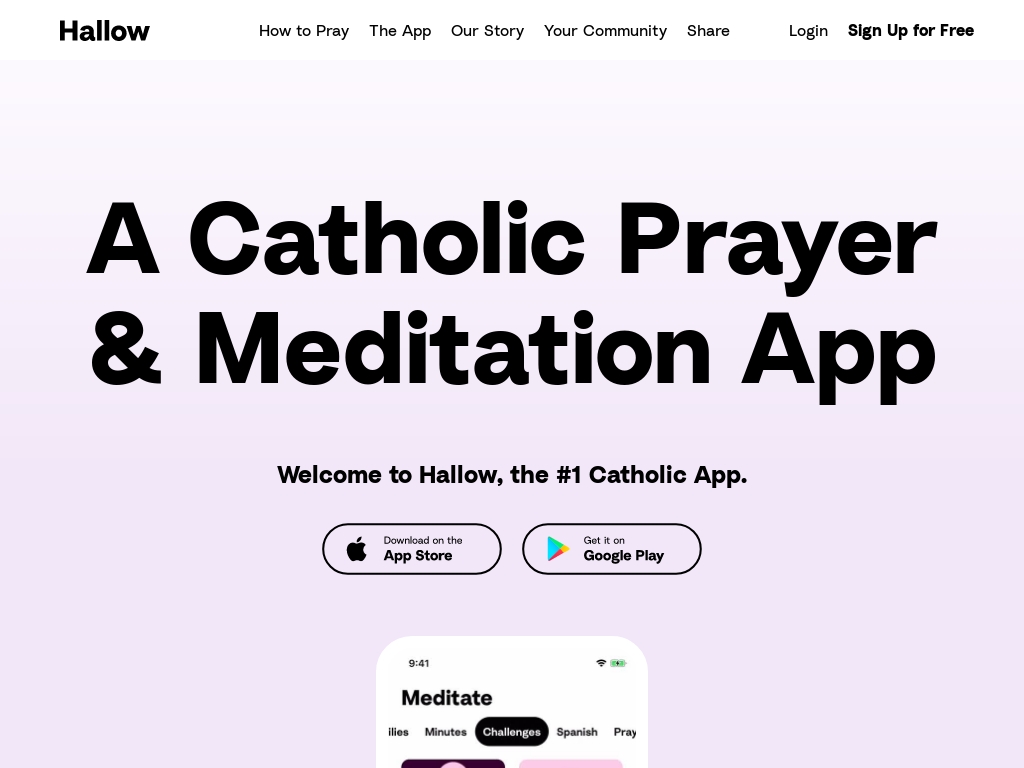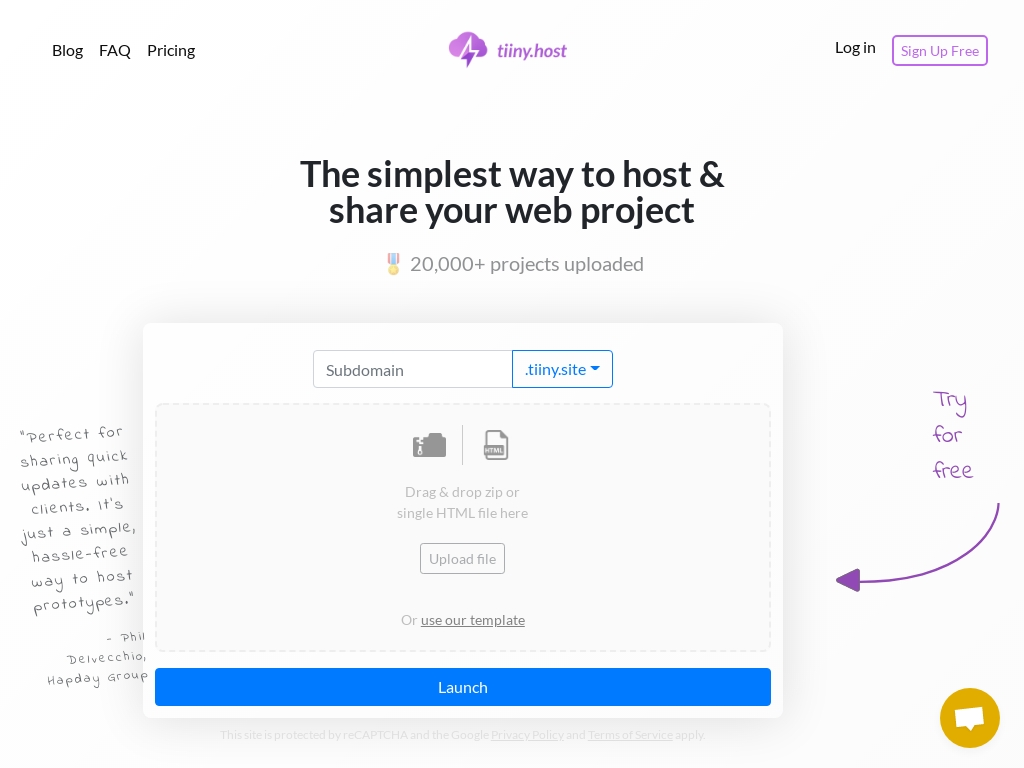
How 2 Founders Scaled SaneBox to Tackle Email Overload Globally
Who is Stuart Roseman?
Dmitri Leonov, originally from Costa Rica, attended the Massachusetts Institute of Technology and worked in marketing and business development at Yahoo before co-founding SaneBox. His work focuses on leveraging AI to manage email more efficiently, addressing modern communication challenges.
What problem does SaneBox solve?
SaneBox significantly reduces email overwhelm by automatically filtering out unimportant messages, saving customers time and reducing stress, thus making email management effortless and efficient.
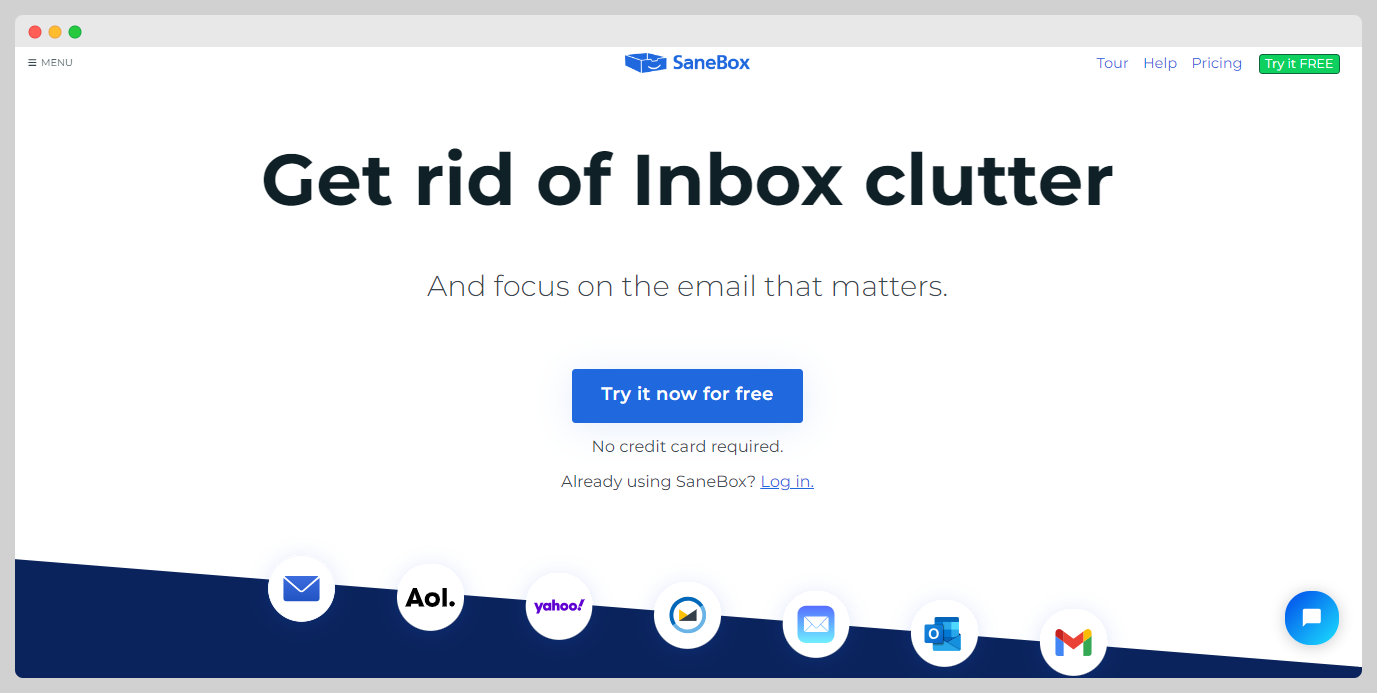
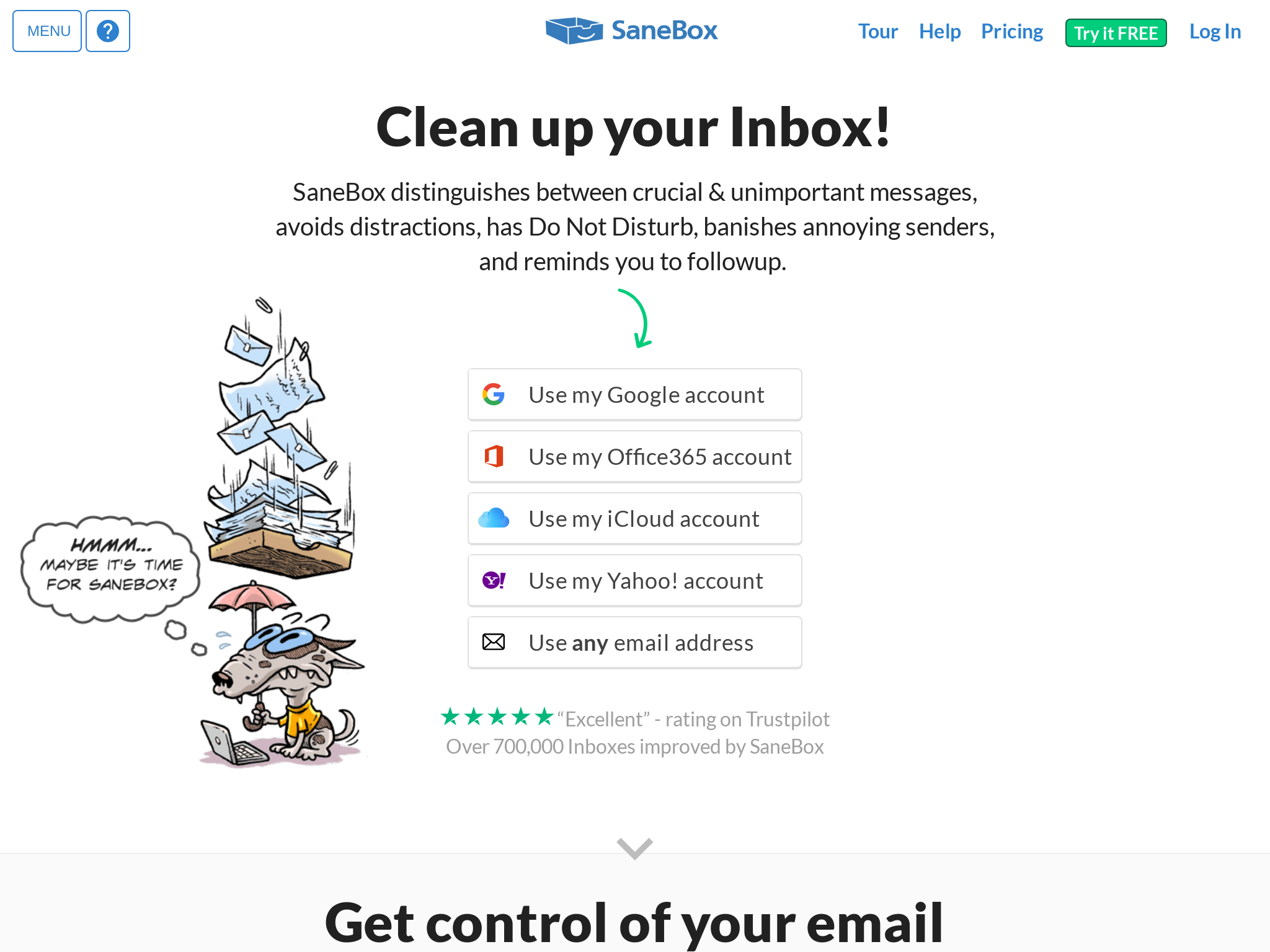
How did Stuart come up with the idea for SaneBox?
Dmitri and his team at SaneBox were on the lookout for a new project back in 2010. They noticed that many people on their blogs were overwhelmed by their overflowing email inboxes and struggled to manage their email effectively. This observation led them to dive deep into the problem of email overload.
They conducted some initial research and realized that people were spending a significant portion of their time dealing with unnecessary and low-priority emails. This was not only inefficient but also stressful. Before fully committing, they decided to validate the idea further by talking to potential users, which confirmed that this was a common and significant issue.
Based on this feedback, they set core principles for their solution: it had to work with any email provider, be extremely secure, require no learning curve from users, improve over time, and be valuable enough that people would prefer to pay for it. They initially faced some challenges, like deciding on the right features to include and ensuring that their solution was versatile and did not require users to switch email clients. By adhering to these principles and continually refining their features based on user feedback, they managed to create a product that effectively solved the problem of email overload.
How did Stuart Roseman build the initial version of SaneBox?
The development of SaneBox began in 2010, with the initial focus on tackling the issue of email overload. The first prototype was only compatible with Gmail and focused on filtering and prioritizing messages through an IMAP connection. Early development utilized proprietary AI to analyze email headers—meta-data such as sender, recipient, and subject lines—instead of the content to ensure privacy. It took about two years of iterating and testing before achieving a product that was both functional and secure.
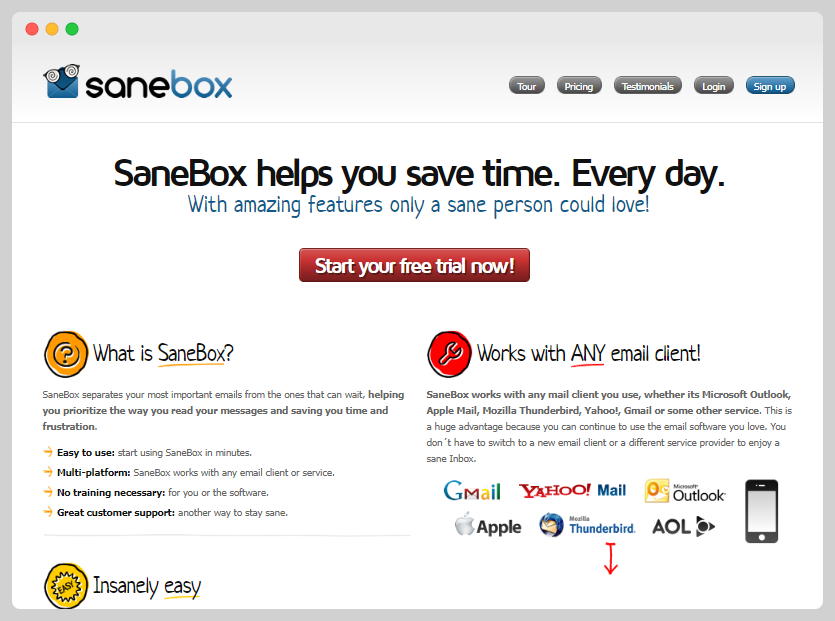
To build the product, they used a combination of tech stacks including proprietary algorithms for AI, and integrations with various email protocols like IMAP, EWS, and Active Sync. They heavily tested features like email sorting, custom folders, and added functionalities such as SaneBlackHole and SaneSnooze based on customer feedback and needs. The process was more challenging than anticipated due to the complexity of implementing a universal solution that works across different email clients and servers, requiring continuous improvement and adaptation to evolving email technologies.
What were the initial startup costs for SaneBox?
- Product Development: No specific costs mentioned for product development.
- Marketing: No specific costs mentioned for marketing.
- Website: No specific costs mentioned for the website.
- Legal: No specific costs mentioned for legal.
- Funding: No specific costs mentioned in the context of funding or crowdfunding campaigns.
- Unexpected Costs: No specific unexpected costs mentioned during the startup phase.
How did Stuart launch SaneBox and get initial traction?
Word-of-Mouth and Influencers
SaneBox first got the word out by leveraging the influence of well-known tech personalities and early adopters. They identified a key insight: email overload was a significant issue for high-profile individuals such as CEOs, investors, and public figures who were active on platforms like Twitter. These users were naturally prone to sharing solutions they found valuable with their networks.
Why it worked: Influencers have a large following and a strong, trusted voice. When people see someone they respect using a product, they’re more inclined to try it themselves. In this case, early adoption by influencers created invaluable word-of-mouth promotion.
Metrics:
- First users: Around 100 during the initial alpha phase.
- Conversion rate: High engagement and retention among tech influencers led to steady word-of-mouth growth.
Strategic PR and Media Coverage
The founders used their networks and attended tech conferences like South by Southwest to make valuable connections. For example, Dmitri Leonov met John Orlin from TechCrunch, which resulted in press features. They leveraged mentions from prominent figures, including investors like Fred Wilson, to gain more media attention.
Why it worked: Getting featured in reputable publications like TechCrunch and Mashable can offer immense visibility. Media coverage helped establish credibility and introduced the product to a broader audience.
Metrics:
- Media features: Articles in TechCrunch, Mashable, and other tech blogs.
- Result: Initial spike in user registrations and ongoing user engagement from new traffic sources.
Pricing Strategy
SaneBox initially had a one-month free trial but later switched to a two-week trial after experimentation showed an increased conversion rate. Their pricing tiers and strict no-free-product policy ensured they attracted serious users willing to pay for the service from day one.
Why it worked: Shortening the trial period created a higher sense of urgency, pushing users to make quicker decisions. Multiple pricing tiers provided options without overwhelming potential customers, helping maximize the conversion rate.
Metrics:
- Trial conversion rate: Increased from around 15% to 25% after shortening the trial period.
- Revenue: Profitable within 2-3 years with a steady increase in paid subscriptions.
What was the growth strategy for SaneBox and how did they scale?
Word-of-Mouth & Influencer Marketing
When SaneBox first launched, their primary growth channel was word-of-mouth marketing, especially among high-profile clients like CEOs, investors, and publicly known entrepreneurs. This strategy was effective because these influencers had a broad reach and were trusted voices in their communities. By using and recommending SaneBox, they helped spread the word organically.
Why it worked: Influencers often have a significant impact on their followers, and their endorsement can build trust quickly. In the early days of Twitter, this method was particularly effective because it allowed these well-known figures to share their experiences with a large audience instantly. This gave SaneBox an initial boost and helped build a base of loyal users.
Podcast Sponsorships
SaneBox has heavily invested in podcast sponsorships as a primary means of reaching new customers. Sponsoring podcasts allows SaneBox to target specific audiences that are likely to find their service useful, such as business professionals, tech enthusiasts, and productivity seekers.
Why it worked: Podcast listeners are often highly engaged and loyal to the shows they follow. An advertisement within a podcast is more likely to be perceived as a trusted recommendation, especially when read by a host who has built a rapport with their audience. This form of advertising also allows SaneBox to explain the benefits of their product in more detail compared to traditional ads.
Google Advertising
A significant portion of SaneBox's customers comes from Google advertising. They invest in paid search ads to capture the interest of users actively looking for email management solutions.
Why it worked: Google ads target users who are already searching for solutions to email overload, making them more likely to convert into paying customers. The targeted nature of paid search ads ensures that the advertisement is presented to a relevant audience, optimizing the return on investment for SaneBox.
Direct Customer Feedback for Feature Development
One of SaneBox's strategies for growth and customer retention is closely listening to user feedback to guide feature development. They prioritize building features that customers specifically request and use this feedback loop to continuously improve their service.
Why it worked: By aligning their product development with actual user needs, SaneBox ensures that their features remain relevant and valuable. This customer-centric approach helps in retaining existing users and attracting new ones, as users see that the company is dedicated to evolving based on their feedback.
What's the pricing strategy for SaneBox?
SaneBox charges $7/month for the Snack plan, $12/month for the Lunch plan, and $36/month for the Dinner plan, all after a 14-day free trial.
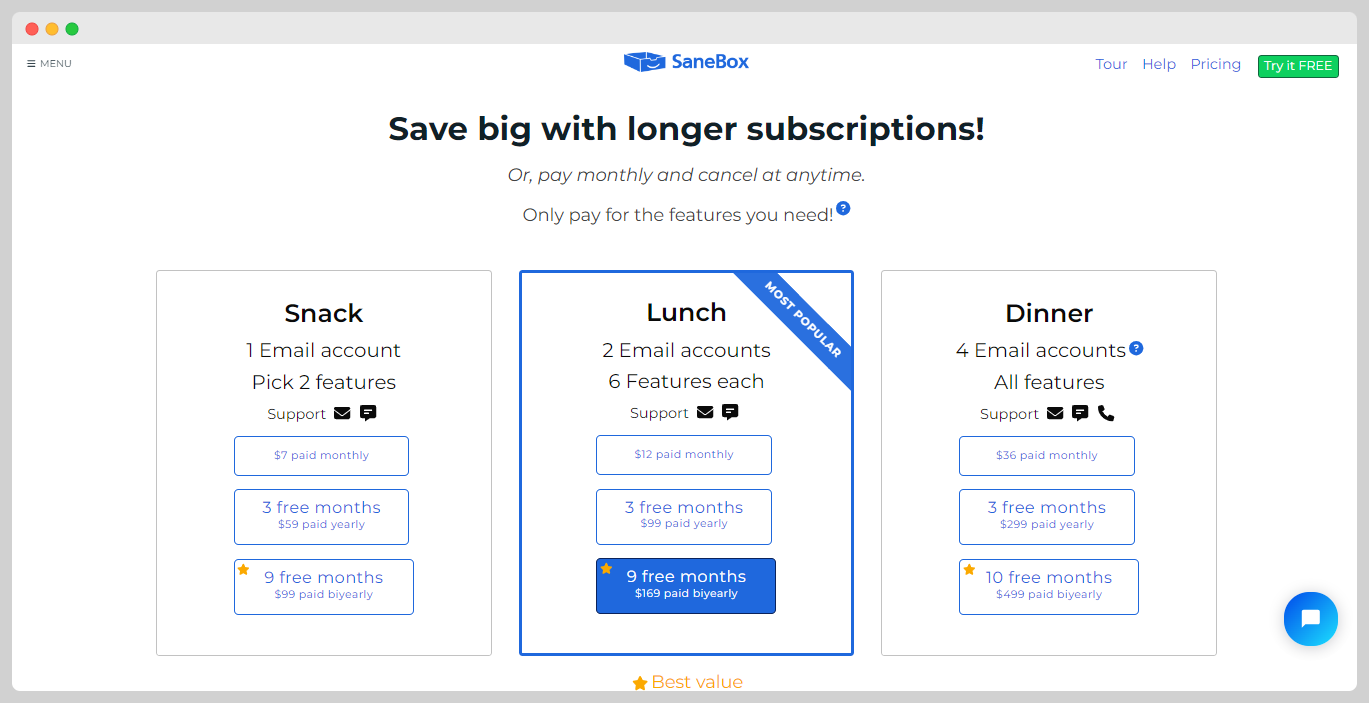
What were the biggest lessons learned from building SaneBox?
- Embrace Feedback: SaneBox constantly solicited and acted on customer feedback to refine their product, ensuring it stayed relevant and effective in managing email overload.
- Security is Paramount: By not storing emails on their servers and focusing on email headers, SaneBox built a trust-based relationship with users, addressing privacy concerns head-on.
- Flexibility Matters: Allowing their tool to integrate with any email client or provider made SaneBox versatile and user-friendly, expanding its potential user base.
- Iterate Based on Data: Continuous A/B testing and adapting features like trial periods helped SaneBox optimize their conversion rates, showing the importance of data-driven decisions.
- Adapt to Changes: The team at SaneBox remained vigilant and adaptable as competitors, such as Gmail, introduced similar features, tweaking their offerings to stay ahead.
Discover Similar Business Ideas Like SaneBox
|
|
Idea
|
Revenue
|
|---|---|---|
|
PDFShift
|
HTML-to-PDF conversion API service.
|
$8.5K
monthly
|
|
SiteGPT
|
AI chatbot trained on your website content.
|
$15K
monthly
|
|
Hallow
|
"Catholic prayer and meditation app fostering faith growth."
|
$278K
monthly
|
|
tiiny.host
|
Static website hosting made simple for everyone.
|
$15K
monthly
|
|
Studio Wombat
|
WooCommerce plugin developer for enhanced e-commerce features.
|
$15K
monthly
|
|
Treendly
|
Trend-spotting platform for untapped market insights.
|
$1K
monthly
|
|
ScreenshotOne
|
API for capturing website screenshots easily.
|
$2.2K
monthly
|
More about SaneBox:
Who is the owner of SaneBox?
Stuart Roseman is the founder of SaneBox.
When did Stuart Roseman start SaneBox?
2010
What is Stuart Roseman's net worth?
Stuart Roseman's business makes an average of $/month.
How much money has Stuart Roseman made from SaneBox?
Stuart Roseman started the business in 2010, and currently makes an average of .

Download the report and join our email newsletter packed with business ideas and money-making opportunities, backed by real-life case studies.

Download the report and join our email newsletter packed with business ideas and money-making opportunities, backed by real-life case studies.

Download the report and join our email newsletter packed with business ideas and money-making opportunities, backed by real-life case studies.

Download the report and join our email newsletter packed with business ideas and money-making opportunities, backed by real-life case studies.

Download the report and join our email newsletter packed with business ideas and money-making opportunities, backed by real-life case studies.

Download the report and join our email newsletter packed with business ideas and money-making opportunities, backed by real-life case studies.

Download the report and join our email newsletter packed with business ideas and money-making opportunities, backed by real-life case studies.

Download the report and join our email newsletter packed with business ideas and money-making opportunities, backed by real-life case studies.

